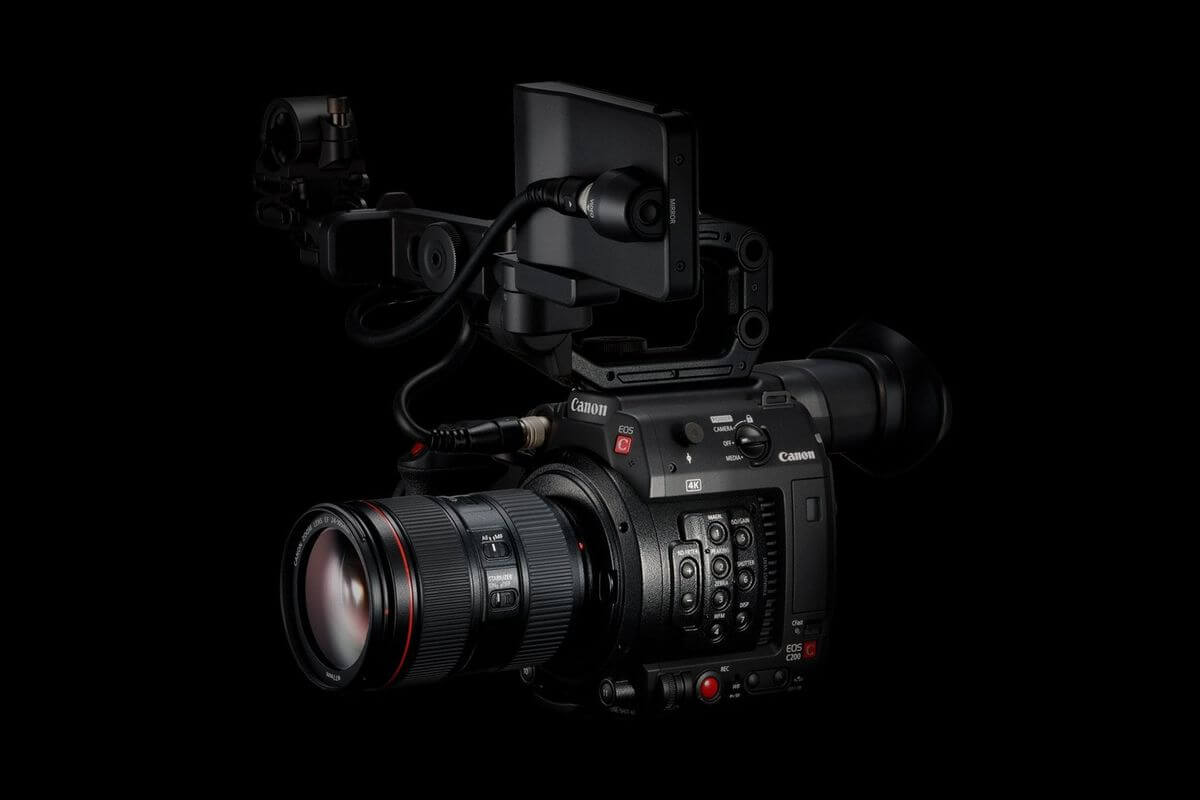
The profiles Adobe provides are created by its engineers using sample cameras supplied to them by the camera manufacturers.

Adobe provides quite a few different profiles to choose from and you can of course make your own. You can test this easily yourself in the Develop module by selecting different profiles and watching the colour rendering change as you shift between profiles. The profile you select has a significant impact on the colour rendering you will see.

Before we go any further though, it is important to understand that RAW files in Adobe Lightroom Classic have a camera profile attached to them that determines how the colours are rendered and thus how they look on screen. Results will vary from camera model to camera model so I suggest you test this yourself if you are shooting something other than a 1DX MK3. As you will read below, the results were quite enlightening.Ĭamera Profiles and Picture Styles: All of my testing was done with Canon EOS 1DX MK3 files (since that is my primary camera that I shoot the majority of my photographs with).
#CANON DIGITAL PROFESSIONAL PRO 4 SOFTWARE#
Not being one to take these things at face value I decided to test this for myself (FOMO) and put the latest version of Adobe Lightroom Classic (LRC) version 10.3 head-to-head against Canons latest DPP software (DPP), version 4.15. Of course, the ultimate aim is to get the image right in-camera.Recent weeks and months have seen more than a smattering of forum comments across the web that Canon’s Digital Photo Professional software does a better job than Adobe Lightroom when converting RAW files. So why use DPP 4? Well the images speak for themselves, and out of preference here at EOS magazine we would rather have the camera and computer doing all the work rather than spending hours correcting substitute settings added by non-Canon RAW converters. Did you have the wrong white balance set when shooting? No problem – just change the white balance setting in DPP and it's instantly put right. And, just as usefully, those settings can be undone, or altered as needed. Open the images in DPP and those corrections are done for you. And that takes time, regardless of how proficient you may be.Īsk yourself, could that time be better spent elsewhere? Now of course, all these settings and their effect on the image can be replicated in other RAW converter software, but you have to make the corrections manually. A further setting – Distortion correction – can also be turned on within the camera. The example shown above is Peripheral illumination correction, but on the latest models there are additional corrections applied automatically – Chromatic aberration correction and Diffusion correction. In third party software, they are discarded.

These corrections are applied automatically to JPEG images but they will only be used on RAW files by Canon’s DPP software. Your EOS camera will automatically correct for common lens aberrations if you use Canon lenses. The images below were all opened as RAW files in Adobe's Photoshop and Canon's Digital Photo Professional and converted to JPEG, with no corrections done. Here are five key settings and Canon features which will be stripped out or substituted with generic processes by third party RAW converters. So if the ‘recipe’ is patented, when it comes to camera algorithms, how can you possibly get the same results with a third-party brand imitating what the original does?

after all Coca Cola is patented – you cannot make the same recipe – and other brands simply do not taste the same. Much of the data saved with the file are algorithms that are patented by Canon. However, the software can only apply generic settings. If you use third party software, there is an option to process the RAW file using the camera settings. These settings are then applied automatically when the RAW conversion is done, but only if using DPP. The camera saves the RAW image file without applying any corrections, but instead saves the settings you have chosen as data within the image file. If you shoot RAW the process is different.


 0 kommentar(er)
0 kommentar(er)
